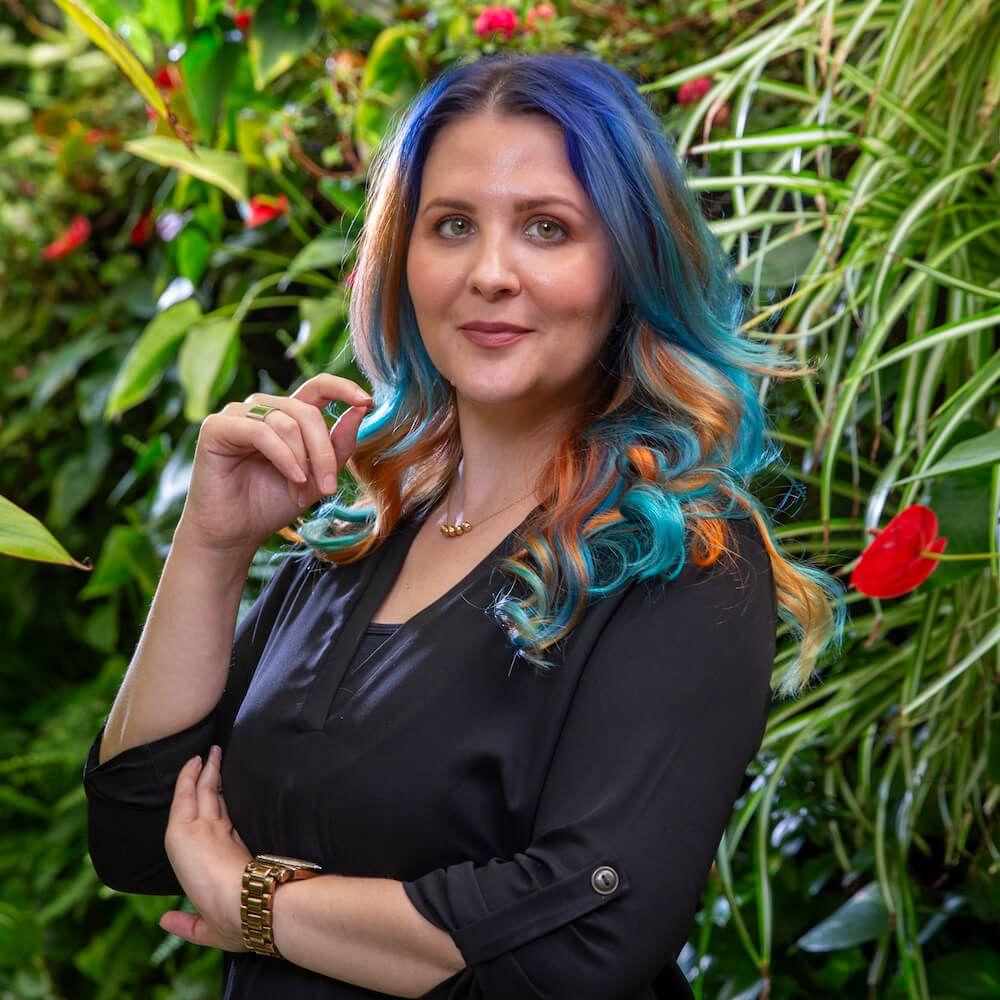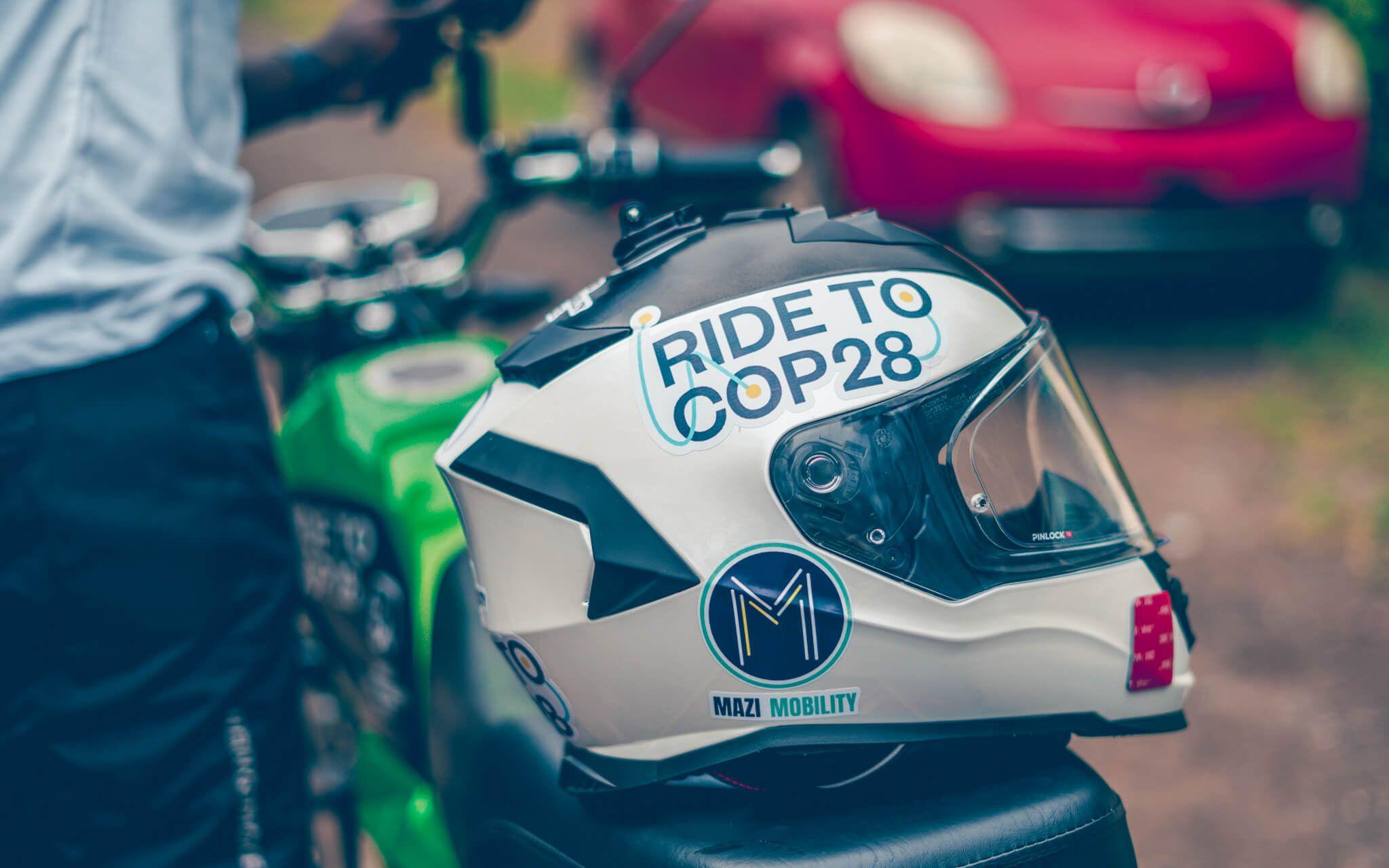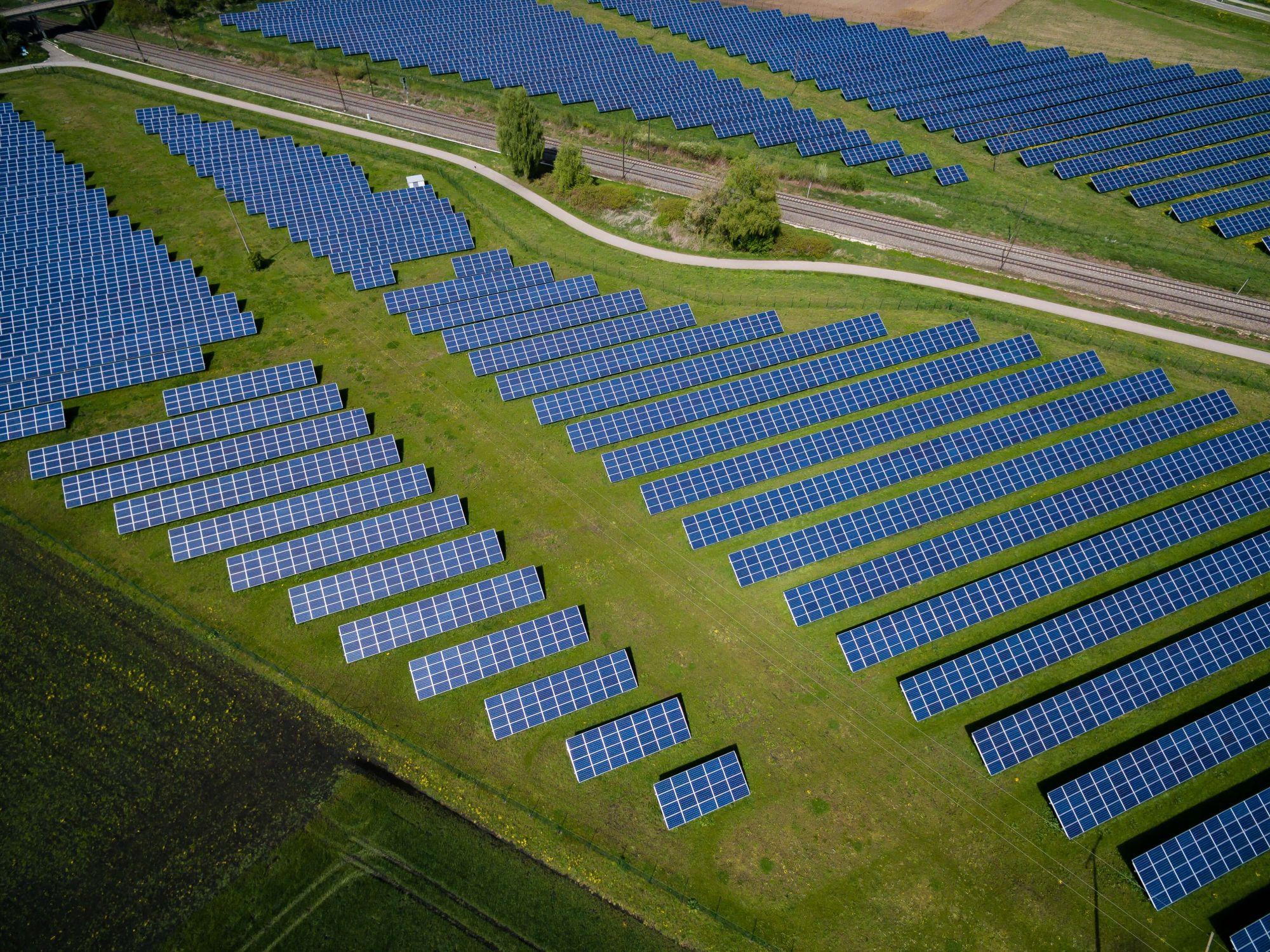Community Conservation in the Philippines
The mega-biodiverse country of the Philippines is facing catastrophic effects of climate change. Two organisations, PhilBio and PRRCFI, use community impact and education to take positive climate action.
“We’ve had a lot of setbacks,” Alex Gamboa says from her home office in Manila. “Climate change is just wreaking havoc on the ecosystem; add in super typhoons and coral bleaching, and we fall three steps back.”
The Philippines is an archipelago with 7,641 islands spanning wetlands, mangroves, rainforests, mountainous forests, and five per cent of the world’s coral reefs. In fact, the Philippines is one of Earth’s 18 ‘mega-biodiverse’ countries and contains nearly 80% of the world’s plant and animal species.
Protecting these islands is crucial.
The problem, however, is not due to a failure in effort but external forces: illegal poaching, extreme weather events, and habitat loss.
Climate change has ravaged the Islands, and while many locals are aware of its effects within their nation, enacting lasting change is difficult considering the many socioeconomic challenges facing the country.
How do you enforce ‘no-catch’ zones when many still rely on subsistence fishing for their livelihood? How do you prioritise land rehabilitation when mineral extraction brings high-paying jobs?
The Philippines Biodiversity Conservation Foundation (PhilBio) and PRRCFI, the Philippine Reef and Rainforest Conservation Foundation, have found a possible answer: community impact and education.
Learning the Tools of Conservation
PRRCFI manages Danjugan, a pristine island in the Southern Philippines. As a research station and environmental education hub, Danjugan’s 43 hectares of forests and 100 hectares of coral reefs and seabeds have become a community project dedicated to preserving Filippino biodiversity.
Today, Danjugan serves as a natural classroom. Each year, PRRCFI hosts camps, inviting children and adults to experience the island and learn more about conservation. Scholarships allow students from across the country and from all backgrounds to participate. The Danjugan Island Environmental Education Program (DEEP) has worked to encourage marine and terrestrial biology education, utilising the island's flourishing ecosystem as a textbook while lobbying for climate literacy throughout the national curriculum.
Alex Gamboa is a legacy member of PRRCFI, currently serving on the board of directors, though her connection to the island is much more personal. Her father was a founding member of the island, and she grew up swimming in its pristine lagoons. Now, as an environmental rights lawyer, Alex works with renewable energy and the sustainable fishing industry, becoming a climate advocate in her own right.
However, according to Alex, Filipinos face a dilemma: choosing between consumption and preservation. “We've seen in our surveys that the local communities are very aware of climate change,” she explains. “They might not be able to phrase it in a way that they can connect what they're experiencing as a climate change effect, but they're aware that resources are dwindling.”
“They see the need for conservation but don't often have enough tools to provide those interventions themselves.”
“They see the need for conservation but don't often have enough tools to provide those interventions themselves.”
Lisa Paguntalan echoes these concerns. “How do we raise funds for a place no one wants to go?” she asks, describing the complex issues currently facing the hundreds of islands within the archipelago.
The Executive Director of PhilBio, Lisa is the driving force behind this Filipino-led conservation organisation dedicated to preserving the Philippines' less-charismatic species. Animals such as the Cebu Flowerpecker or the humble Spotted Deer (and of course, we can’t forget the poorly named Warty Pig) fall under her jurisdiction. In the early 90s, these unfamiliar species were critically endangered and, despite their crucial role in the local ecosystem, were about to pass into extinction without anyone ever realising. PhilBio champions these little-known endemic species, prioritising even the most innocuous animals.
Initially founded in 1991 by William Oliver, a British Naturalist and Biologist, PhilBio raises public awareness, encourages residents to study biology, monitors regional flora and fauna, and has helped to establish natural reserves and protected areas. Sharing just one example, Lisa speaks of Alcoy, a region in Cebu that had a mere 800 hectares of forests in 1998: at one point, only 0.03% of Cebu’s natural forests remained.
That is, until residents, researchers, and conservationists like Lisa committed to action, making Alcoy one of PhilBio’s most significant success stories.
“By the time we finished, ten years later, we had expanded Alcoy’s forests to 2600 hectares, and the forest had matured. Now, we have evidence of an increase in diversity, the recovery of supposedly extinct species, and also the increase in the population density of key species,” she says, smiling proudly. “Alcoy is how I learned about good governance and conservation community work.”
An Inspiring Childhood
Entrusted with these organisations’ continued success, these women pinpoint a moment of environmental connection in their past as their inspiration for climate action.
Lisa, for instance, knew she would be a biologist at only five years old. “I grew up in a community next to a forest,” she says, describing her youth. “I used to play with my indigenous friends from the Mandaya Tribe. Inside that forest, I have wonderful childhood memories of clean rivers and foraging for food.”
Originally a Marine Biology major, Lisa transitioned to terrestrial biology after an experience catching and counting bats during her studies. “I saw for the first time that we have a number of species of bats that hardly any Filipinos know about, including me. And my teacher told me that this bat is known only on this one island, but we know hardly anything about this species.”
Where PhilBio takes a more overarching view of conservation, counting endemic species throughout the archipelago and sponsoring educational programs nationwide, PRRCFI focuses on one specific island: Danjugan.
A stunning island with excellent diving, the spot was a favourite of three young men: Gerry Ledesma, Rafael Juny, and Edgardo Boyet.
“They started to notice this little island off the Southern coast of Negros during their dive trips,” Alex says, retelling a story she’s heard since childhood. “They noticed a huge eagle's nest on one of the trees on the island. At the time, the mayor wanted to cut down the tree, but Philippine Eagles are endangered, so they decided to buy the island through a Land Trust.”
She smiles, “So they borrowed money from the government bank and bought the island to save the tree.”
One of Alex Gambol’s earliest memories of Danjugan Island involves a Mickey Mouse sweatshirt and a pair of old leggings. She was only nine and desperate to go scuba diving with her father.
And so, garbed in her beloved sweatshirt to add some extra weight (she was too small for the wetsuits), her father took her on a brief (very shallow) scuba dive in the rich waters of Danjugan Island, sharing his secondary regulator hose and keeping her tucked in tightly at his side.
“Probably not the most responsible thing to do, but,” she shakes her head, laughing. “It's one of my favourite memories of the island.”
Securing the island was a labour of love, a collaborative effort strung together by friendship and a shared passion for conservation. William Oliver, founder of PhilBio (and longtime friend of Gerry Ledesma), suggested they reach out to the World Land Trust (WLT) for help in the purchase, which led to international fundraising by the WLT. Other friends helped with legal procedures, assisting the group as they petitioned the judge to allow a payment plan of three instalments while they gathered the rest of the money.
The island is now protected, and fishing in the vicinity is illegal, allowing species to flourish in the ‘nursery’ reefs. With over 500 species of fish, 49 species of algae, and an astounding 235 species of coral (only 500 species exist worldwide), Danjugan is one of the Philippines' most significant marine conservation sites. In fact, Danugan sits in the Sulawesi Sea, one of the most productive marine ecosystems in the world.
Danjugan also pioneered the restoration of giant clams. Weighing over 500 pounds, these massive molluscs were fished to the point of extinction. Illegal trafficking has long been a problem as the clam's colourful shells are carved like ivory. Thankfully, Danjugan’s protected lagoons provide the perfect growing space, and PRRCFI often sends their clams to other islands to help restock populations.
However, Alex quickly points out that including local communities, mainly fishermen, has been crucial to the island's success.
“We’ve instituted community-based management because there was a lot of pushback initially. When instituting a closed zone or a buffer zone around the island, most local fishermen would see that as a disadvantage because it’s their source of livelihood.”
In order to provide a space for these concerns, Danjugan helped to create a council as an outlet. “They know it is a public area, and they have an actual venue to talk about their issues with us and the local government,” Alez explains. “Now, even the fishermen agree on the spillover effect from the marine protected area. They've noticed they're getting bigger catch because the fish have space to grow.”
A People Problem
One of PhilBio’s core goals is to support young Filipino biologists, encouraging them to become more aware of endemic species. Over the past decade, hundreds of ‘citizen scientists’ have helped in bio-monitoring and counting efforts for birds and bats, ensuring their survival.
Currently, PhilBio works with universities, regional governments, the Department of Education, and the Department of Environment and Natural Resources to include local populations in their conservation efforts. “Our goal is that in the next five years, when you ask a student, they’ll know at least one Philippine wildlife species,” Lisa explains. In pursuit of this goal, PhilBio hosts a country-wide Wildlife Quiz Bowl, bringing knowledge of endemic species into every classroom.
“There is no such thing as a conservation problem; it’s a people problem.”
Alex highlights the same achievement: PRRCFI’s education programs are their proudest accomplishment. “We feel like investing in people in local communities and creating that capability for the next generation to be hyper-aware of these issues is what we're trying to build.”
She continues, “Many local children who have come to our camps go on to have careers in the energy and environmental sphere. So we've taken it back to our local communities, which is important because they are the front liners in conservation.”
At the end of our call, after discussing the challenges and obstacles that PhilBio has faced and overcome during the past thirty years, Lisa shared a quote from William Oliver: "There is no such thing as a conservation problem; it’s a people problem.”
A problem that PhilBio, PRRCFI, and other dedicated advocates are solving by encouraging all Filipinos to take part in preserving the natural beauty of their home.
Most Popular
The Climate Tribe delivers stories about Biodiversity and Conservation, Circular Economy, Food and Water , and how they intersect with climate.
Subscribe
Get the latest stories inspiring climate action around the globe straight to your inbox.





